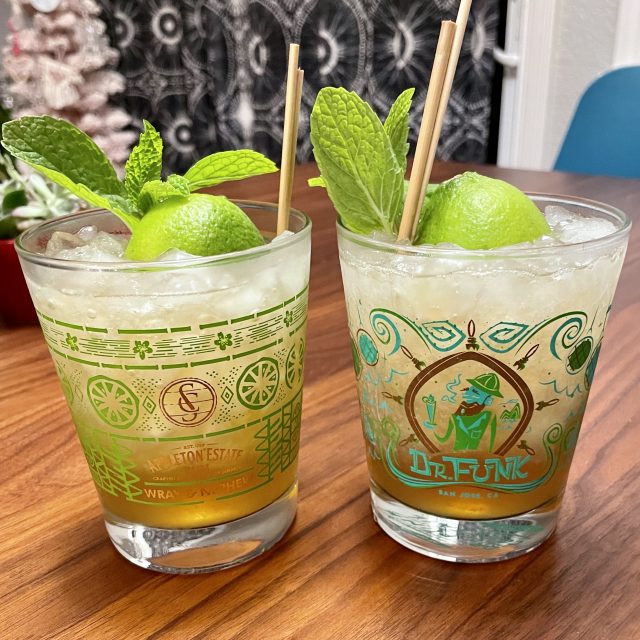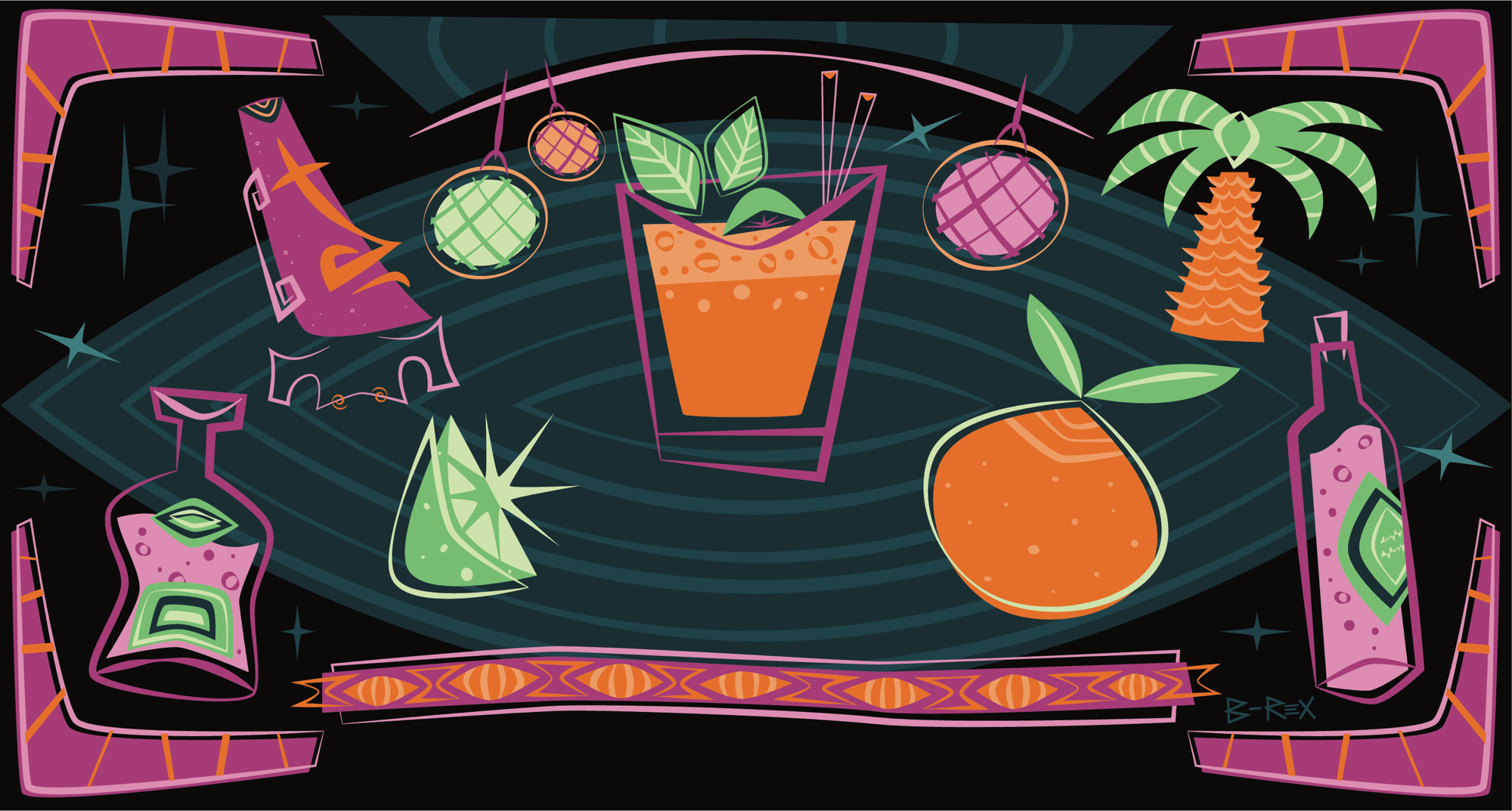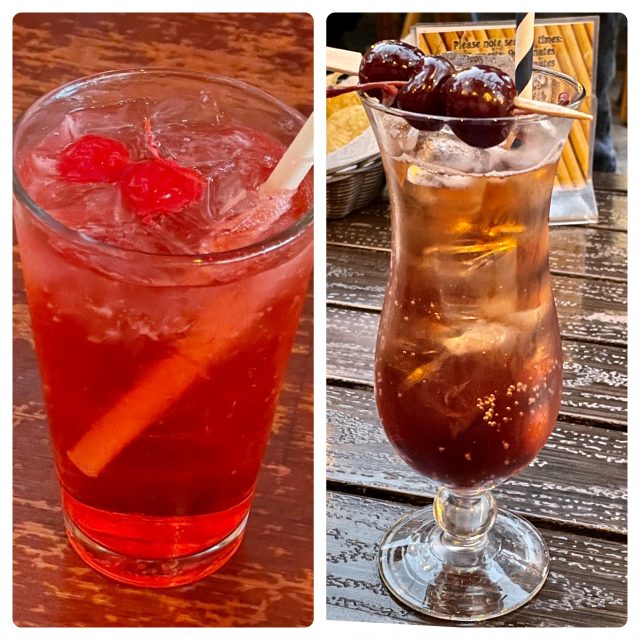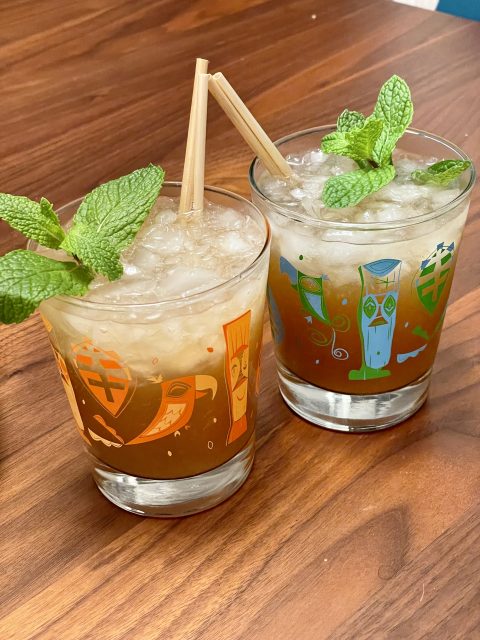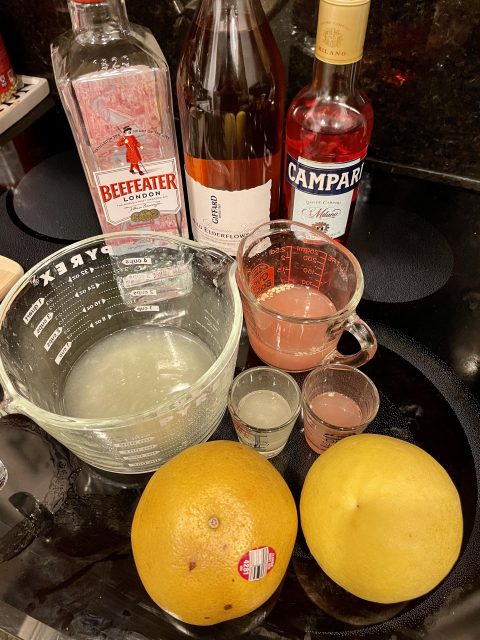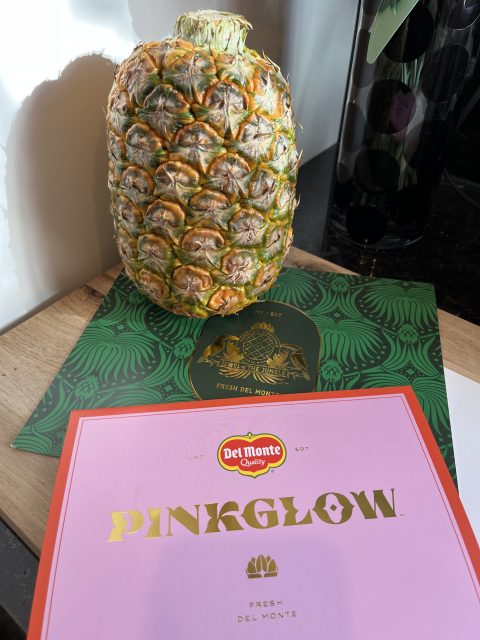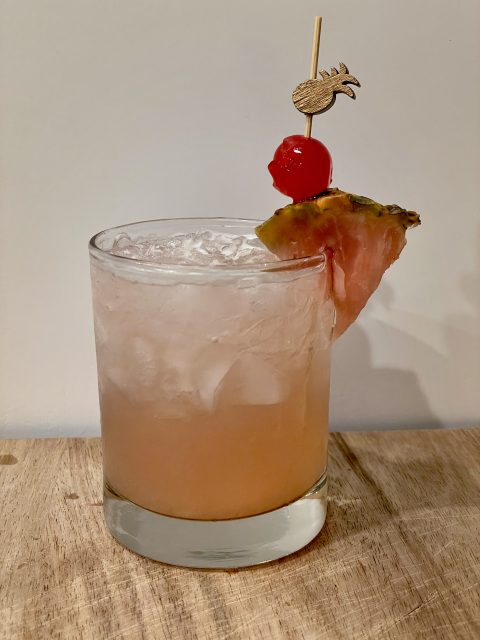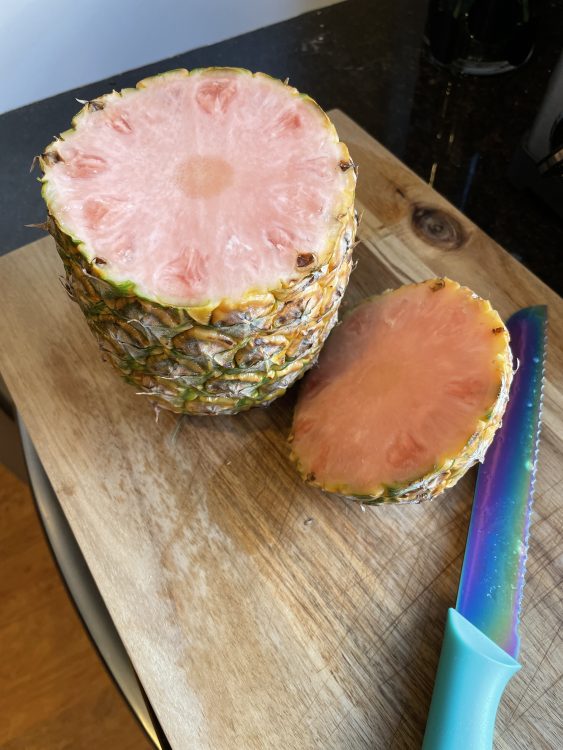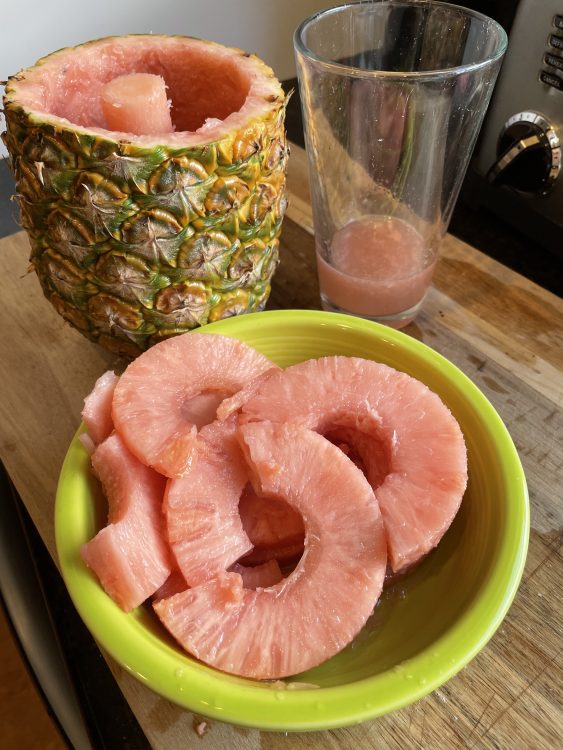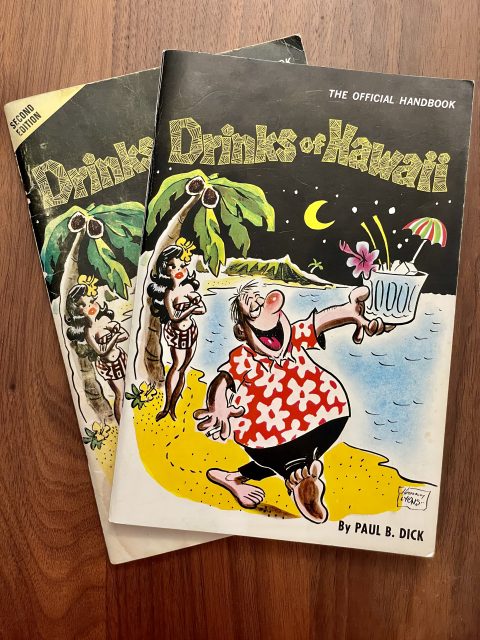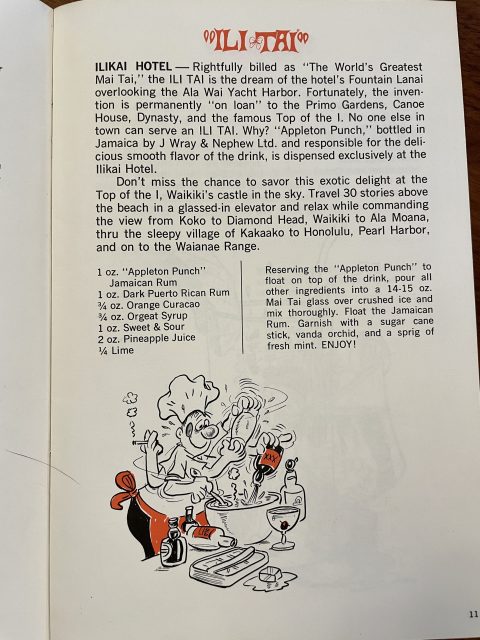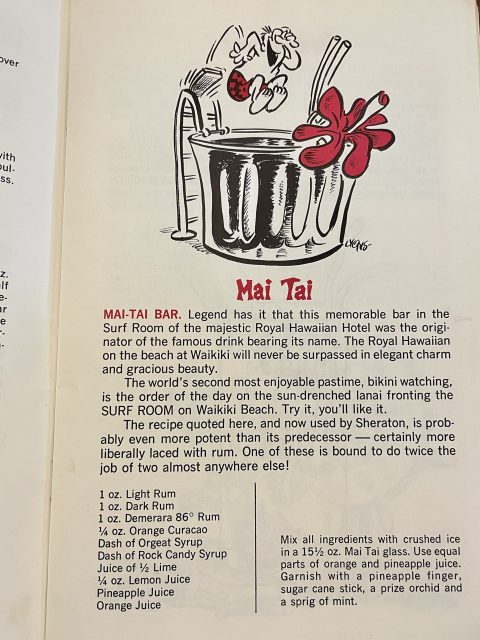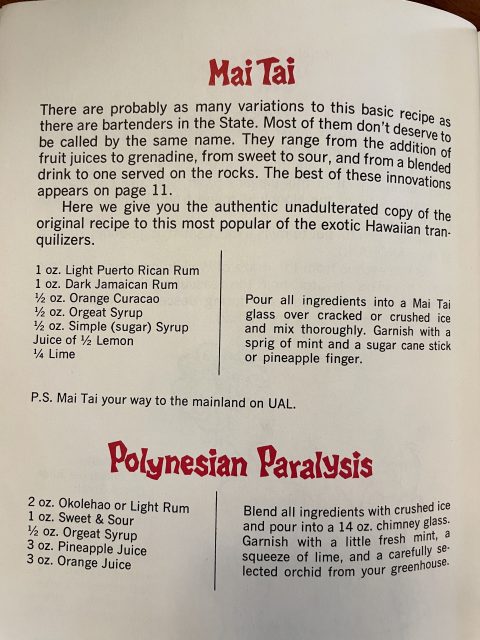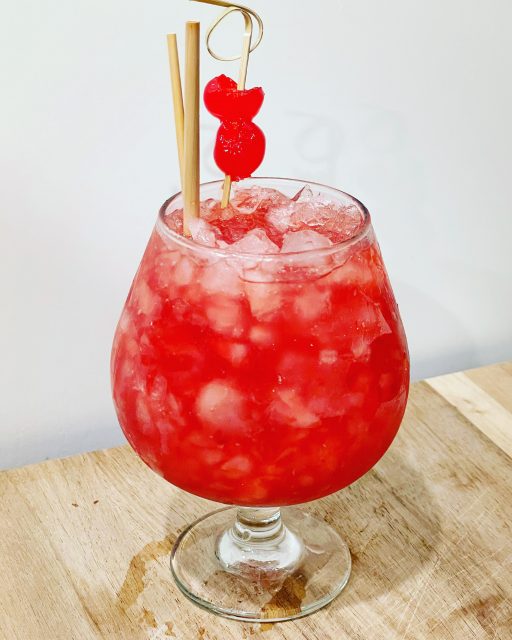As I’ve learned more about rum over the past few years, and tasted hundreds of them, I’ve come to the conclusion that the best rum in the world comes from Jamaica. Most of the world doesn’t know this, because Jamaican rum doesn’t have a cool region-specific name like “Scotch” or “Cachaça” or “Bourbon” to designate a spirt made in a specific locale. But the unique character of Jamaican rum has been known to bartenders and to savvy consumers for decades.
I have been less than enthused by actions of Plantation Rum’s parent company Maison Ferrand when it comes to the draft rum GI (geographical indication) in Barbados, and to a lesser extent the existing GIs for rums from Jamaica and Guyana. I enjoy many of the Plantation Rums, including the Xaymaca and OFTD expressions that are in my Ultimate Mai Tai rum blend, but I don’t love their Barbados expressions with tons of added sugar. And it is exactly the Jamaican Rum GI and other regulations that prevents any producer from adding sugar or other additives to the wonderful Jamaican pot still distillate that goes into Xaymaca. If the market was flooded by “Jamaica Rum” products with sugar and other additives, the spirit wouldn’t have the universally stellar reputation that it currently maintains. So this GI stuff is actually pretty important.
I’ve been looking for a Mai Tai rum blend that omits Plantation products, and tried to include rums from various countries. Over and over I’ve tried to approach the unique and complex flavor from the Ultimate Mai Tai blend, and tried to match the 50% ABV which that blend is famous for. None of them approached the taste I was looking for. After a year of experimentation, I’ve decided this blend is good enough to be let out to the world. And it turns out it is an entirely Jamaican blend.
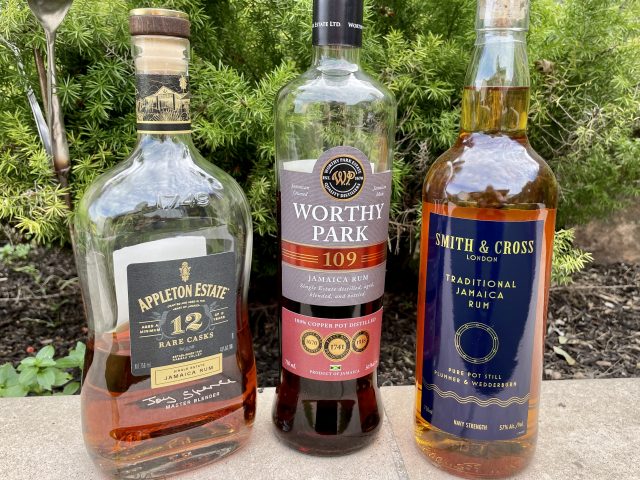
Ultimate Mai Tai Jamaican Rum Blend
2 parts Appleton 12 Rare Casks (43% ABV)
2 parts Smith & Cross Traditional Jamaica Rum (57% ABV)
1 part Worthy Park 109 (54.5% ABV)
The Appleton 12 and Smith & Cross are carryovers from the Ultimate Mai Tai blend, and are widely used in the industry. The blended aged rum from Appleton tempers some of Smith & Cross’ infamous funky pot still flavors. Just the two of them together make a fabulous Mai Tai. In fact they make up the rum in the excellent Mai Tai at San Jose’s Dr. Funk Rum House and tiki bar, one of our Top 5 Mai Tais.
The inclusion of Worthy Park 109 is to add some Demerara Rum-style flavor notes, such as burnt sugar. The caramel coloring also adds to the mouthfeel of the rum blend. I found Worthy Park 109 to be similar to some circa 1950s Myers’s Planters Punch rum that I was fortunate to try. The light funk provided by 109 keeps that flavor in the rum blend, and the high ABV allows us to keep the overall blend just above 50%.
Unfortunately, the 2-2-1 ratio does not make for easy on-the-spot jigger measurements for a Mai Tai that features 2 oz / 60 ml of rum. So, we suggest you batch up a bit to give this blend a try in a Mai Tai. It compares quite favorably to the Ultimate Mai Tai blend in side-by-side comparisons.
Give it a try and let us know what you think.
